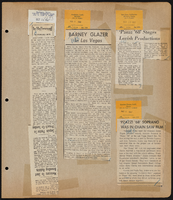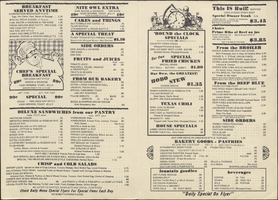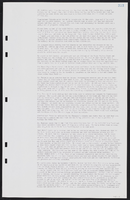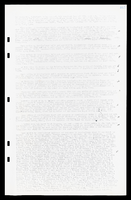Search the Special Collections and Archives Portal
Search Results
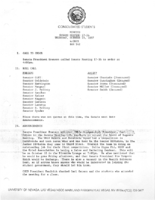
Meeting minutes for Consolidated Student Senate University of Nevada, Las Vegas, October 15, 1987
Date
1987-10-15
Archival Collection
Description
Includes meeting agenda and minutes with additional information about senate bills. CSUN Session 17 Meeting Minutes and Agendas.
Text
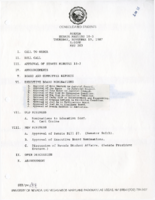
Meeting minutes for Consolidated Student Senate University of Nevada, Las Vegas, November 19, 1987
Date
1987-11-19
Archival Collection
Description
Includes meeting agenda and minutes. CSUN Session 18 Meeting Minutes and Agendas.
Text
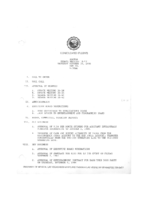
Meeting minutes for Consolidated Student Senate University of Nevada, Las Vegas, October 30, 1986
Date
1986-10-30
Archival Collection
Description
Includes meeting agenda and minutes. CSUN Session 16 (Part 2) Meeting Minutes and Agendas.
Text
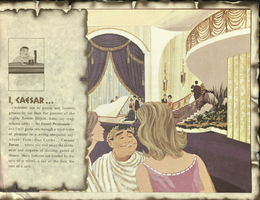
Booklet, I, Caesar, Invite You..., from Caesars Palace, circa 1966
Date
1966
Archival Collection
Description
Stylized guide to the services and amenities at Caesars Palace. Each entry is depicted with colored drawing of a cartoon Caesar in various locations in the resort/hotel.
Text
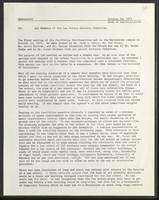
University of Nevada, Las Vegas law school facilities: memos
Date
1973-10-26
1973-11-26
Archival Collection
Description
Folder contains memorandums from the Dean of Administration to the Law School Advisory Committee and the Physical Plant Planning Committee. From the University of Nevada, Las Vegas William S. Boyd School of Law Records (UA-00048).
Text
Pagination
Refine my results
Content Type
Creator or Contributor
Subject
Archival Collection
Digital Project
Resource Type
Year
Material Type
Place
Language
Records Classification

